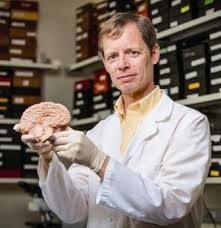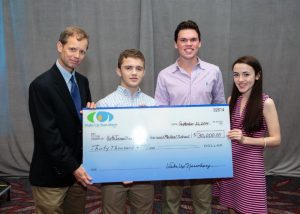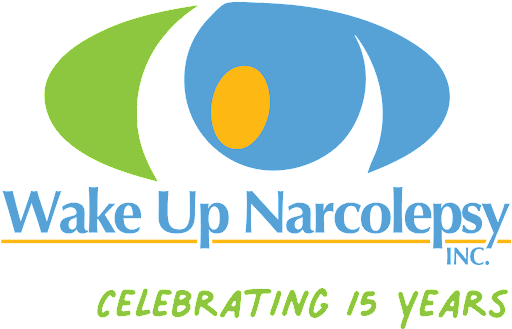Jun 13 2019
Narcolepsy Research Breakthroughs Supported by Wake Up Narcolepsy
h in Blogs
Donations Lead to Remarkable Research Breakthroughs

Dr. Thomas Scammell, Physician at Beth Isreal Deaconess Medical Center, Professor of Neurology at Harvard Medical School
When a post-doc in Dr. Thomas Scammell’s lab found that narcolepsy patients have many more histamine neurons than healthy controls, Scammell thought the post-doc had made a mistake. After confirming the evidence in two more cell counts, Scammell’s lab confirmed that narcolepsy patients do show a large increase in histamine neurons. Describing the finding as “completely surprising and unpredictable,” Scammell said this research could have a large impact on future studies pertaining to the brain circuitry in narcolepsy patients and help develop new therapies for narcolepsy patients.
Your donations helped make this breakthrough possible!

From left: Dr. Thomas Scammell, John Grady, Thomas Gow, Liz Guckian – teens with narcolepsy present a $30,000 donation for narcolepsy research
Wake Up Narcolepsy (WUN) has provided much of the funding for Scammell’s research through unrestricted grants. Over the past five years, WUN has given a total of $120,000 in grants to fund Scammell’s narcolepsy research. Unrestrictive grants provide the freedom and creativity necessary for researching a complicated sleep disorder like narcolepsy.
“Other funding sources may consider some of this research outside the bounds of acceptable scientific risk,” Scammell said. “For example, we would have needed some strong evidence in advance that there was an increase in those cells before we got that funding from the NIH. Wake Up Narcolepsy grants allow us to explore in a more creative way.”
WUN also funded research in another new development in Scammell’s lab: using gene therapy to help mice with narcolepsy. The researcher’s objective was to see if the other neurons in the brain could make hypocretin/orexin neurons, which die off in narcolepsy patients. The mice that went through gene therapy showed signs of improvement in wakefulness and locomotion.
Last year, Scammell’s lab found that turning off or injuring two parts of the brain, the medial prefrontal cortex and amygdala, could lessen cataplexy, which is a symptom many persons with narcolepsy experience, characterized by sudden, brief attacks of muscle weakness sometimes causing the body to fall helplessly-usually triggered by strong emotion.
As more studies are done, Scammell said the future of narcolepsy research will delve more deeply into why the disorder results in insomnia and what exactly is killing off the hypocretin/orexin-producing cells in order to create a drug that mimics the effects of those cells.
“(The drug) would be for narcoleptics what insulin is for diabetics,” Scammell says.
So we want to thank you – our generous donors for making these types of breakthroughs possible!
With the start of a new year, brings much hope in our mission to fund research that will allow for better treatment of narcolepsy and potentially a cure.
We thank you for your continued support.
